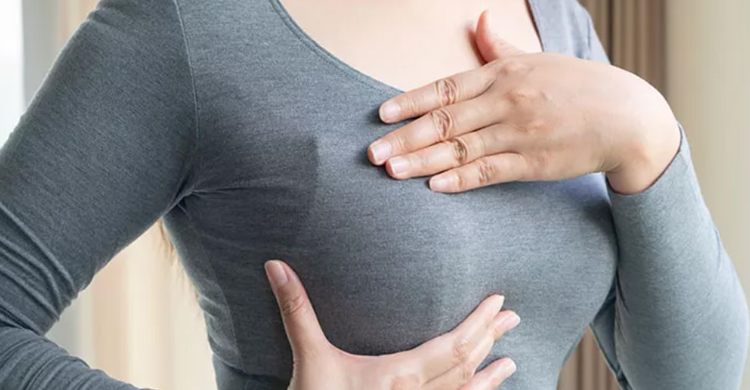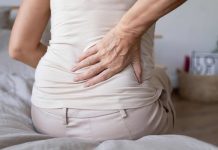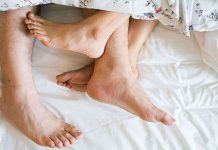
Understanding Breast Cysts
Breast cysts are generally benign, meaning they are not harmful and are non-cancerous. However, cysts can appear more than once, so they should not be underestimated.
Breast cysts are lumps or sacs that appear in the breast. These sacs are oval or round and contain fluid. Cysts are most commonly found in the upper and outer parts of the breast.
Breast cysts can affect one or both breasts. In terms of size, cysts are classified into several types:
- Macrocyst. These cysts are quite large, with a diameter of about 2 inches (5.1 centimeters). Cysts of this size can compress surrounding tissue and cause pain.
- Microcyst. These cysts are very small and cannot be felt, but they can be seen through tests such as breast X-rays (mammograms) or ultrasound.
- Galactocele. These cysts typically occur when breastfeeding suddenly stops. This type of breast cyst contains milk fluid.
Causes of Breast Cysts
To date, it is still not precisely known what causes cysts to appear in the breast area. However, breast cysts are believed to occur due to blockages in the breast gland ducts. This blockage then causes fluid accumulation, which eventually turns into cyst lumps.
The duct blockage that causes cysts is suspected to occur due to:
- Fibrocystic breast changes. This condition is due to hormonal changes during the menstrual cycle, generally benign and not harmful. Fibrocystic breast changes can result in multiple breast cysts.
- Excessive growth of breast tissue or breast glands.
- Scar tissue in breast tissue from previous surgery.
- Changes in estrogen and progesterone hormones.
Risk Factors for Breast Cysts
Breast cysts often occur in women over 40 years old who have not yet reached menopause, as well as in women who have reached menopause but are receiving hormone therapy.
Symptoms of Breast Cysts
Breast cysts can feel like one or more lumps, soft, round, and easily movable. Cysts can feel like fluid-filled balloons or solid. Cysts can cause discomfort or pain in the breast. During menstruation, lumps may feel larger and more painful. Sometimes fluid may leak from the nipple, which may be clear, yellow, or dark brown.
Diagnosis of Breast Cysts
Cysts can be felt during a physical examination by a doctor. Mammograms and ultrasounds are performed to establish a diagnosis. Meanwhile, fine needle aspiration is performed to confirm that the lump is not malignant (cancerous). This procedure involves removing fluid from the lump with a needle and examining it in the laboratory.
Treatment for Breast Cysts
Breast cysts generally do not require specific medical treatment, only observation. However, if the cyst causes discomfort and continues to grow, the following treatments can be done:
- Therapy.
- Fine needle aspiration to remove fluid from the cyst. In this procedure, the cyst may still recur.
- Surgery to remove the cyst. Side effects of this procedure may include infection and bleeding.
Prevention of Breast Cysts
Some ways to prevent breast cysts include:
- Regular health check-ups, especially after the age of 40.
- Perform self-breast examinations. This procedure should be done regularly by examining changes in the appearance of breast skin or nipples, and feeling for lumps in the breast.
- Use comfortable bras, especially during exercise.
- Limit caffeine consumption.
- Reduce salt (sodium) in food and drinks, especially before menstruation. Too much sodium can cause fluid retention, breast swelling, and discomfort.
When to See a Doctor?
See a doctor if you feel a lump in your breast, if both breasts look or feel different than usual, if you feel a lump in your armpit, if your breast feels painful, red, warm, swollen, or if fluid leaks from your nipple. Proper and early treatment will help you avoid dangerous complications.




